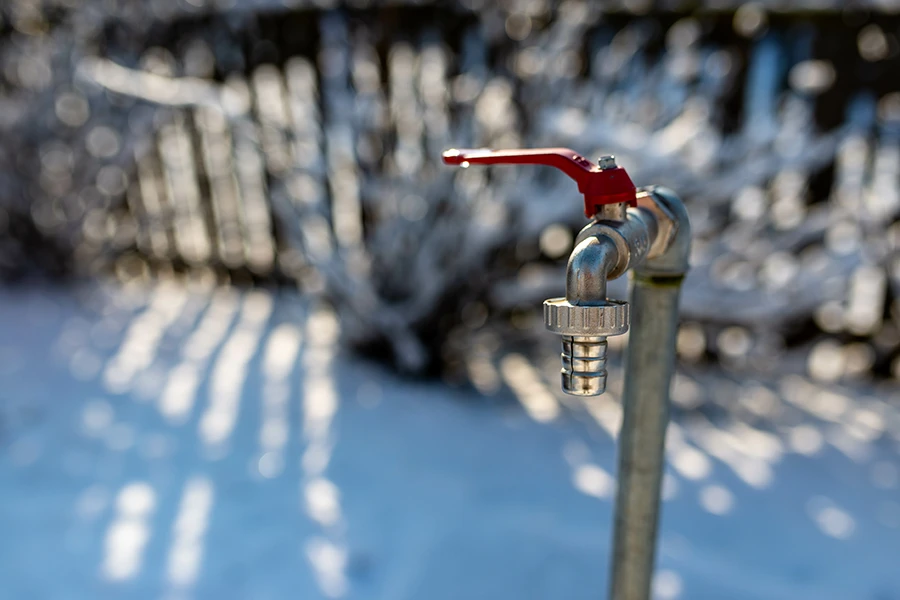HANTPOL® Tips & Guides
How to Care for a Garden Pond in Fall and Winter

Caring for Aquatic Plants
Fall is the time when aquatic plants begin to die back and prepare for winter. For plants sensitive to low temperatures, like water lilies, it’s best to bring them indoors where they can overwinter in water at an appropriate temperature. Frost-resistant plants should be trimmed, with dead parts removed to prevent rot in the pond, helping to maintain better water quality.
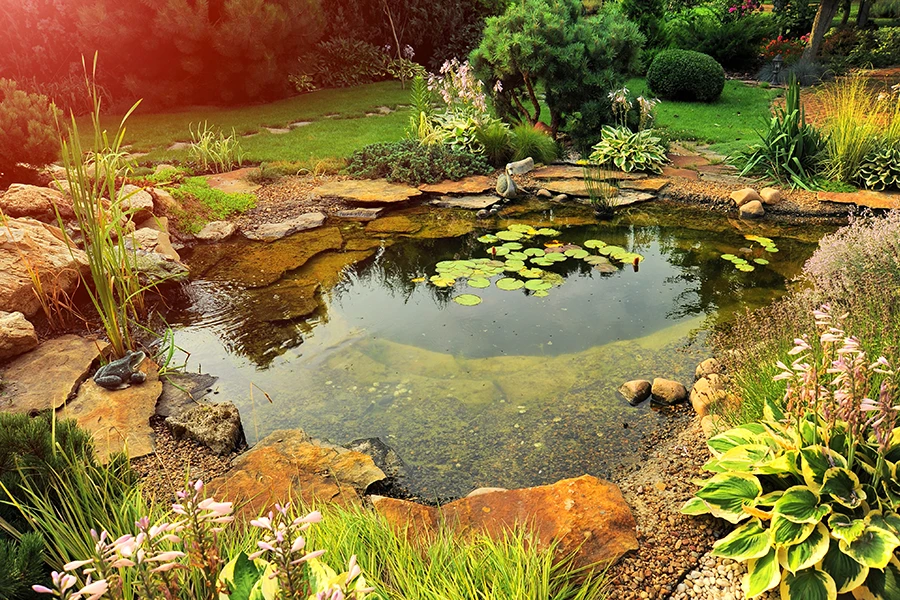

Removing Fallen Leaves and Plants
Falling leaves from trees and shrubs can contaminate the pond, and their decomposition negatively affects water quality, leading to algae growth.
To prevent leaves from entering the water and decaying, place a protective net a few centimeters above the pond’s surface. This net can be removed once the trees around the pond have shed all their leaves. If you don’t use a net, regularly remove fallen leaves manually.
Also, remove any yellowed or dried leaves from waterside plants.
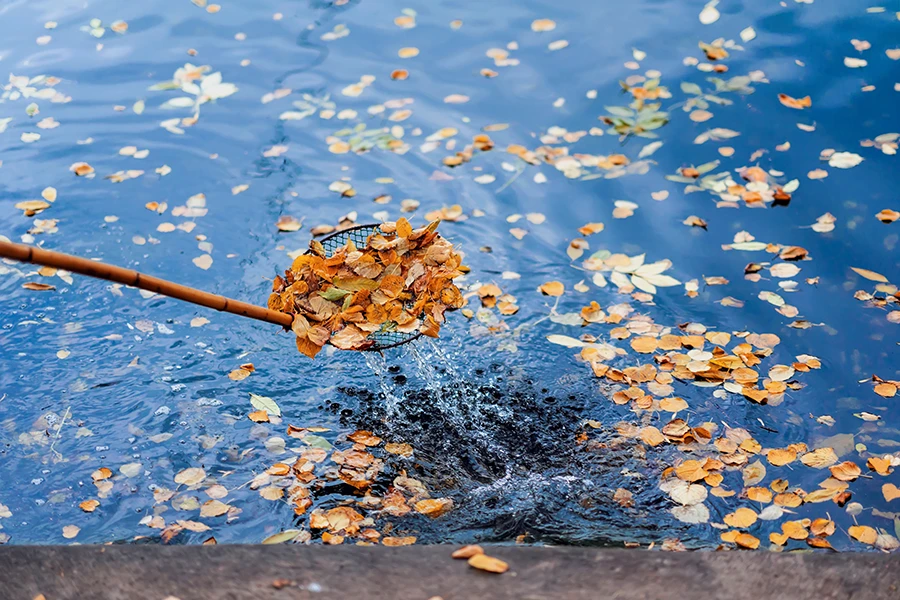

Feeding Fish in Cooler Weather
As temperatures drop, fish activity and metabolism slow down. Fish should be fed only when the water temperature is above 10°C. Once it falls below this, reduce feeding, and when it reaches 5°C, stop feeding entirely. At very low temperatures, fish cannot digest food properly and are best left to enter a natural winter dormancy.


Overwintering Fish and Plants
Larger, deeper ponds (over 1 meter in depth) typically don’t freeze completely, allowing many fish species to overwinter in them. Fish and plants in shallower ponds, however, may need to be transferred to containers or aquariums to winter in a cool room.
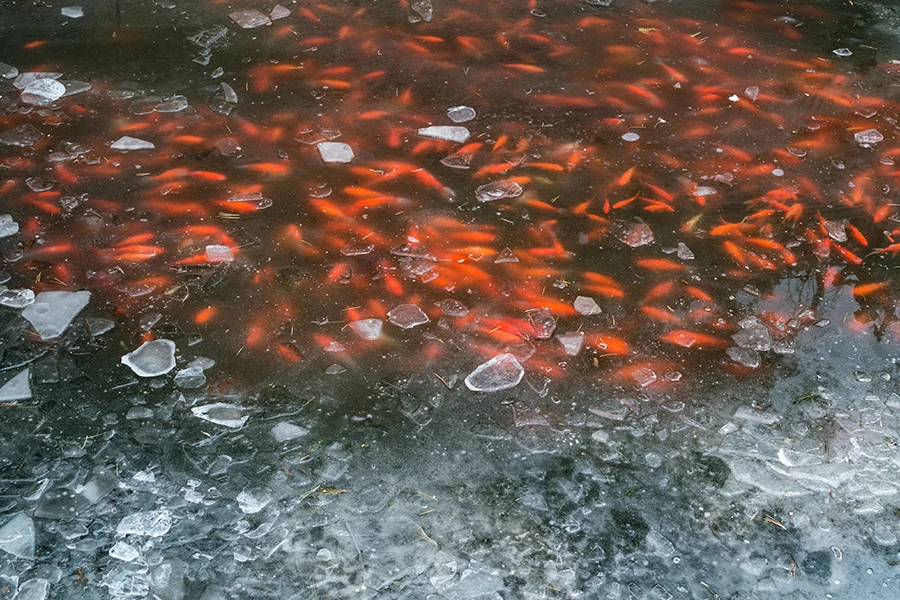
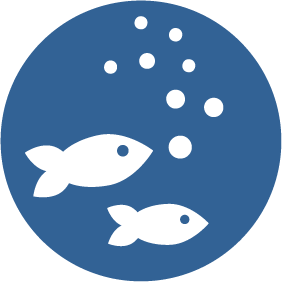
Ensuring a Constant Air Supply
In winter, the pond surface may freeze over, blocking air exchange, which can be fatal for fish. To prevent this, place materials like reeds, straw, styrofoam, or even a tennis ball in the pond to create an opening and allow gas exchange.
There are also specialized aerators, pumps, and heaters that can maintain open patches on the surface. However, these devices can disrupt the winter pond ecosystem (e.g., by altering temperature), so use them cautiously and according to the needs of your pond.
It’s also possible to create holes in the ice by cutting or breaking it. However, this can be loud and cause vibrations, which may stress or harm the fish. Plus, it is time-consuming, as the water will refreeze after some time.


Protecting Equipment and Tools
Before the frost sets in, turn off any electrical devices, such as filters or pumps, that aren’t designed to operate at 0°C. Any equipment close to the surface and at risk of ice damage should be removed from the water.
Clean garden tools and pond equipment thoroughly to ensure they’re ready for use in spring.
Remember to secure decorative elements around the pond, such as lighting, bridges, waterfalls, or cascades. Drain any hoses for winter as well.
For larger ponds where fish overwinter, it’s essential to keep the water clean and well-aerated.
